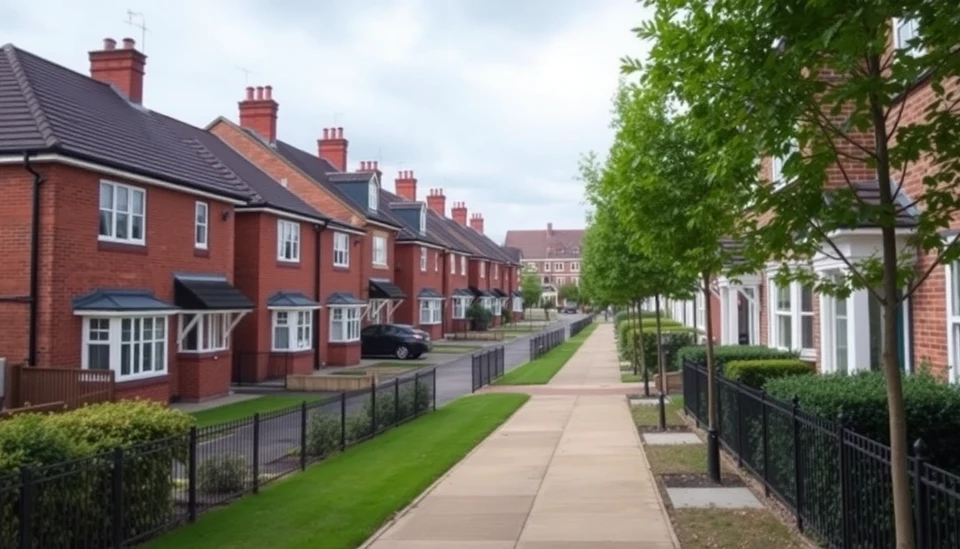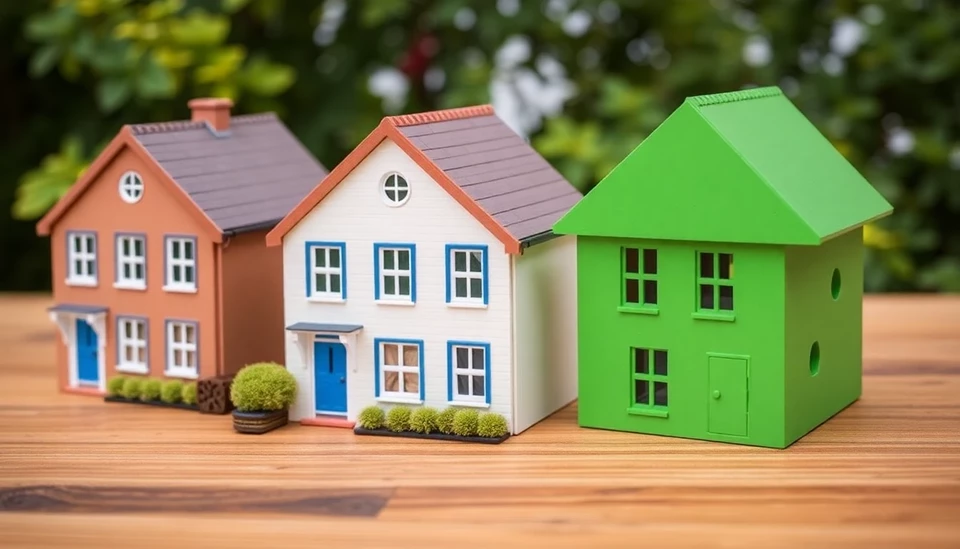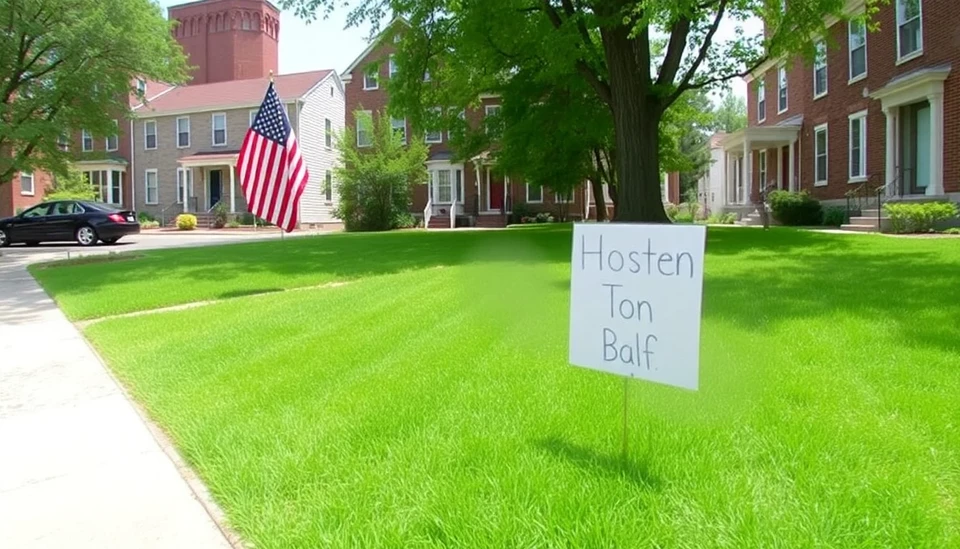
Recent trends indicate that the rate of growth in property taxes across the United States has started to ease, even as more counties surpass the troubling $10,000 threshold for average property tax payments. This phenomenon raises questions about the sustainability of homeownership amidst elevated costs.
According to the latest data from the National Association of Counties, the average property tax bill across various counties initially surged due to skyrocketing home values and increasing local government budgets. However, in a significant shift observed in 2023, the rate of property tax increases has slowed to an average growth of just 3.7%, marking the lowest hike since 2020. This slowdown offers a glimmer of relief to homeowners, many of whom have felt the pinch of inflation along with rising interest rates on mortgages.
Despite this overall deceleration, the landscape remains challenging, particularly in regions known for high property values. A growing number of counties, especially in states like New York, California, and New Jersey, are seeing average property tax obligations swell beyond the $10,000 mark. Specifically, the report indicates that numerous counties have crossed this threshold, leading to heightened concerns regarding affordability and the implications for long-term homeownership.
This situation has been exacerbated by a combination of factors, including robust demand for real estate, limited housing supply, and the ongoing pressures on local government financing, which have necessitated higher property taxes to fund essential services such as education, public safety, and infrastructure maintenance.
Local officials and policymakers express the need for a careful balance; while property taxes are crucial for maintaining public services, they also risk driving residents out of their homes, particularly those on fixed incomes or lower salary brackets. Such outcomes could lead to increased calls for reform in how property taxes are assessed and levied, with some advocating for caps or adjustments based on a homeowner's income rather than purely on property valuations.
As we look toward the future, the evolving dynamics of property taxes will undoubtedly remain a focal point for both homeowners and local governments alike. Stakeholders are urged to engage in dialogues that address these challenges and seek solutions to strike a balance between funding necessary local services and keeping homeownership attainable for all citizens.
In essence, while the recent slowdown in property tax increases provides a breath of fresh air for many, the surge past the $10,000 mark in certain counties symbolizes a pressing issue that requires immediate attention from lawmakers and the community to ensure the sustainability of property ownership and local economies.
#PropertyTax #Homeownership #RealEstate #TaxReform #LocalGovernment #HousingMarket
Author: Laura Mitchell




